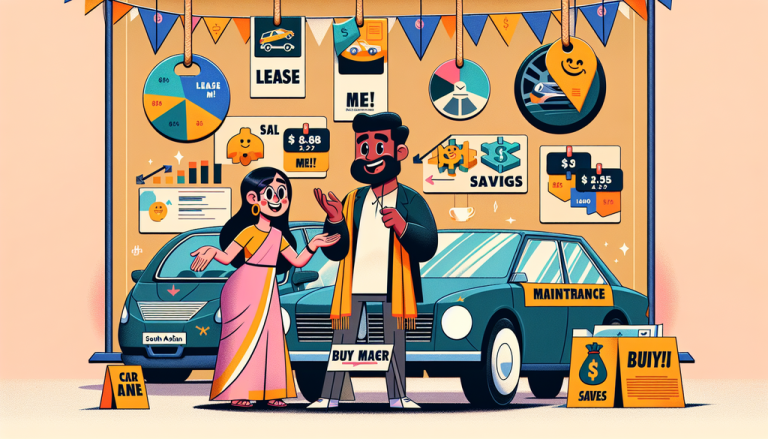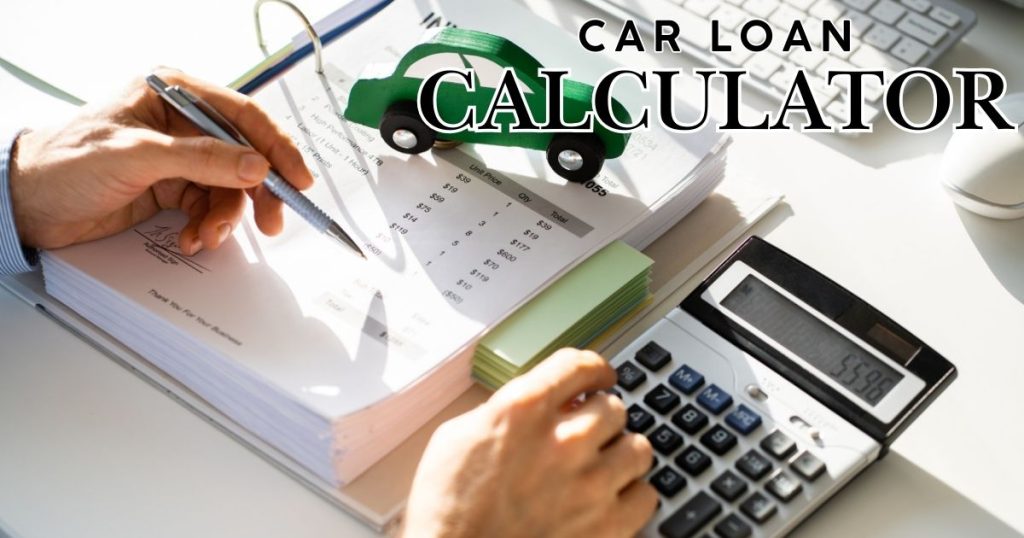Navigating the financial landscape of leasing versus buying can feel like walking a tightrope. Each choice carries significant implications for your wallet, lifestyle, and long-term financial health. This comprehensive guide breaks down the nuanced considerations that will help you make a smarter, more informed decision.
Understanding Leasing: The Flexible Option
Leasing offers an attractive alternative to traditional ownership, providing flexibility and lower upfront costs. Whether you’re eyeing a car, apartment, or equipment, leasing can be a strategic financial move.
| Pros of Leasing | Cons of Leasing |
|---|---|
| Lower monthly payments | No equity build-up |
| Access to newer models | Potential mileage restrictions |
| Reduced maintenance costs | Continuous payments |
Critical Factors in Your Decision
- Financial Stability: Assess your current economic situation and future projections.
- Usage Patterns: Consider how frequently and intensively you’ll use the asset.
- Long-Term Goals: Align your choice with personal and professional objectives.
Real-World Financial Data
According to recent financial studies, individuals who strategically choose between leasing and buying can save up to 22% on total asset-related expenses over five years.
“The right financial decision isn’t about following trends, but understanding your unique circumstances.” – Financial Analyst Sarah Richardson
Personalized Recommendations
Your ideal strategy depends on multiple variables. Consider consulting a financial advisor who can provide tailored guidance based on your specific situation.
Final Thoughts
Leasing and buying each offer distinct advantages. The smartest financial move is the one that aligns perfectly with your personal goals, financial health, and lifestyle needs.



